Contingencies for Drought in Southern California
ingrid_vc so. CA zone 9
9 years ago
Featured Answer
Sort by:Oldest
Comments (27)
jacqueline9CA
9 years agojerijen
9 years agoRelated Discussions
Ideas for a Coastal Southern California Orchard
Comments (8)Santa Barbara on a slope facing west - life is good! :) I'm in a hot inland valley, so my results may vary a bit from your situation. I have a young and productive Flavor Grenade Pluot on Myro 29c that is doing really well with full west exposure. Myro 29c has good vigor and drought tolerance for me, and FG Pluot is a sweet and crunchy winner. Citation is less vigorous and drought tolerant for me, but Dapple Dandy & Flavor King Pluots are must haves and are doing well. If I had it to do over again I would have bought all plums and pluots on Myro. Burgundy plum is a big winner, and a great pollinator. Arctic Star Nectarine is another winner for me, as are Babcock and Desert Gold peaches. Fuji and Pink Lady on M111 have been outstanding - good vigor and great fruit. These are my two favorite apples....See MoreSouthern California
Comments (4)Southern California? You have to much more specific. I remember seeing your handle but I don't remember where you live. If you live west of the I-5 or 405, or higher than 3,000 feet, then any grass will work. If you live east of there or lower, then you should be looking at bermuda or St Augustine. Why not zoysia? Because if something happens to it, the first thing you want to do is throw lots of water at it. That's not water smart. With the 1" height restriction, then bermuda is the only grass left. St Augustine likes it much better being mowed at 4 inches. Really every grass should take only 1 inch of water per week in the hottest heat of summer. And as for hot I'm talking about from Pomona through Ontario, San Berdoo, Redlands, and out to Banning, then down through Hemet to Temecula, Elsinore, Corona, Chino, and back up to Pomona. All that inland area should not need more than 1 inch per week in July. If you live west of there, then it should be more like 1 inch every 10 days to 2 weeks in the summer. East of there in the low desert it would be 1 inch every 5-7 days. San Diego would be an inch every 10-14 days until you get back to Grossmont. East of there and it's back to an inch per week. And east of El Cajon it quickly gets back to an inch every 5-7 days. Marathon varieties of fescue grow only with a little more water. From what I've seen, most people seem to want to water it 1/7-inch every day to get an inch per week. That's bassackwards. There are two kinds of bermuda: hybrid and common. Hybrid always comes by sod and common always comes by seed. If you mix the two, it can look weedy because of the different growth habits of the two. The most common, and least expensive, and yet extremely high quality is TIF 419. It should cost around $50 per pallet. The sports quality TIF varieties will cost more like $250 per pallet....See MoreDog-friendly hedge in Southern California (Temecula)
Comments (7)I have some experience with dogs and landscaping. I've found that my dogs (small dogs at that), will simply forge their way through any plants standing in their way. If they are determined to get through to something on the other side, they will find a way. Usually that means they break branches, and with time, end up killing or flattening the plants in their way. The only effective way I've found to keep my dogs from doing that, is to use poultry netting to block off sections of my yard that I don't want them in. After a few months, I remove the netting and they are just so accustomed to having that blocked off, that they will stay away even without the presence of the netting. One plant I have found extremely useful as a hedge in desert areas in Sedum Praealtum. It requires absolutely no water in the summer. I started this entire hedge around the patio about a year ago from small 3-inch cuttings. In the winter, the leaf tips will blush red, and in spring, it'll bloom out the brightest yellow blooms. I will be cutting these back this next weekend so if you'd like any cuttings, I could send you a boxfull of them if you pay for postage. Just send me a private email....See MoreSmall tree, grows in southern california coastal. What is it?
Comments (4)reminds me of trumpet vine ... which can be a nightmare to eradicate ... but i dont really know CA .... ken https://www.google.com/search?q=trumpet+vine+leaves&source=lnms&tbm=isch&sa=X&ved=0ahUKEwjx6ojxh-rNAhUH_IMKHVXZDFMQ_AUICSgC&biw=902&bih=745&dpr=0.9...See Moreingrid_vc so. CA zone 9
9 years agojerijen
9 years agoingrid_vc so. CA zone 9
9 years agokittymoonbeam
9 years agoKippy
9 years agomustbnuts zone 9 sunset 9
9 years agolast modified: 9 years agojerijen
9 years agoKippy
9 years agojerijen
9 years agojerijen
9 years agoingrid_vc so. CA zone 9
9 years agokittymoonbeam
9 years agojerijen
9 years agoTessiess, SoCal Inland, 9b, 1272' elev
9 years agoingrid_vc so. CA zone 9
9 years agoodinthor
9 years agoTessiess, SoCal Inland, 9b, 1272' elev
9 years agoTessiess, SoCal Inland, 9b, 1272' elev
9 years agoodinthor
9 years agoodinthor
9 years agoTessiess, SoCal Inland, 9b, 1272' elev
9 years agojerijen
9 years agoodinthor
9 years agoMendocino Rose
9 years ago
Related Stories
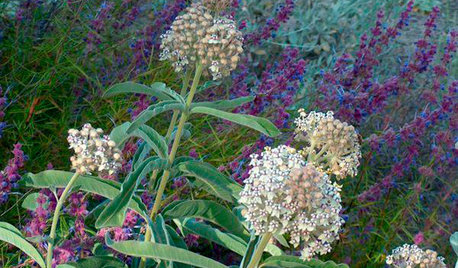
GARDENING GUIDES10 Top Native Plants for Southern California Gardens
Enjoy a fuss-free, water-wise garden by growing plants naturally in tune with the climate and wildlife of Southern California
Full Story
INSPIRING GARDENSNative Plants Bring 10 Southern California Front-Yard Gardens to Life
Rare plants, rain gardens and wildlife habitats are just a few of the features showcased on the 2016 Theodore Payne Native Plant Garden Tour
Full Story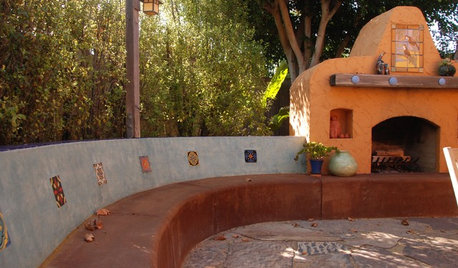
MY HOUZZMy Houzz: Color and Ceramics Brighten a Southern California Home
A family home becomes a sanctuary that honors the heritage of historic California
Full Story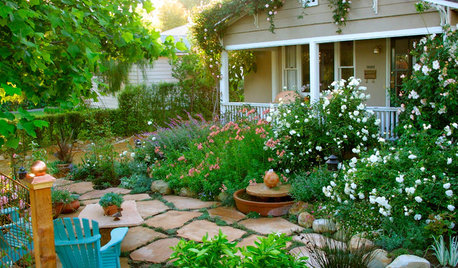
GARDENING GUIDESSouthern California Gardener's October Checklist
Get planting happy this month — so many natives, bulbs, cool-season flowers and vegetable crops to choose from, so little time ...
Full Story
MY HOUZZMy Houzz: Goal of a Net-Zero Nest in Southern California
A Long Beach family focuses on energy efficiency in remodeling their 1957 ranch house
Full Story
GARDENING GUIDESGreat Design Plant: Purple Needle Grass, California’s State Grass
The long-lived, drought-tolerant Stipa pulchra is as admired for its benefits as for its good looks
Full Story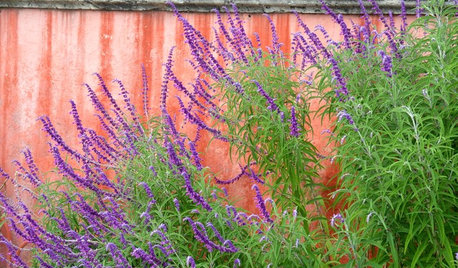
GARDENING GUIDES10 Plants for Colorful Fall Blooms in the Drought-Tolerant Garden
Want fall color but not a big water bill? Consider these not-too-thirsty fall bloomers
Full Story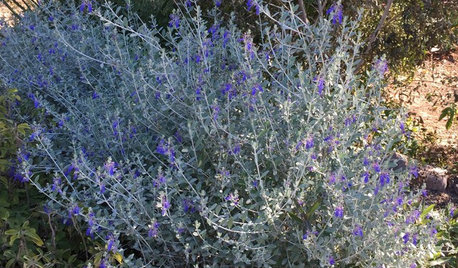
GARDENING GUIDESGreat Design Plant: Teucrium Fruticans for Drought-Tolerant Gardens
The silvery-gray foliage and blue flowers of this Mediterranean native stand out in low-water landscapes
Full Story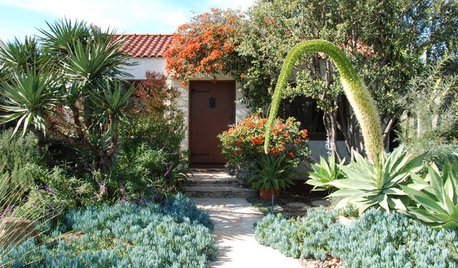
MY HOUZZMy Houzz: Early-California Style for a 1920s Home and Garden
Native plantings and flea market treasures fill the cozy live-work space of a Southern California landscape designer
Full Story
GARDENING GUIDESCalifornia Gardener: What to Do in July
Active green thumb or not, top priorities for peak fruit and veggie season: watering, feeding, keeping up with growth
Full Story






odinthor